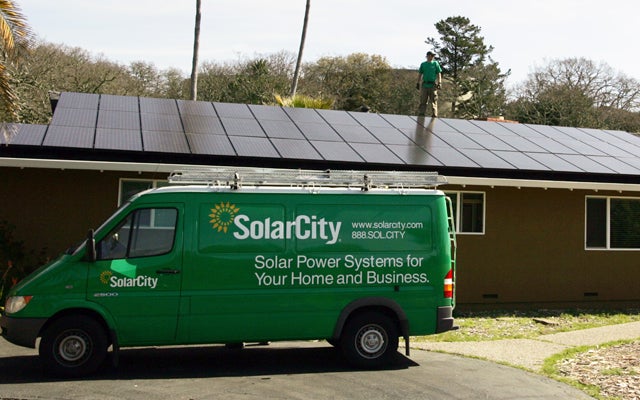In his speech at Knox College, President Obama laid out his plan for the Detroitification of America: higher taxes, higher spending, increased minimum wages, more mandates, and rerouting the path of upward mobility through tried-and-failed social programs.
He blames unfettered markets for taking America away from the halcyon days of the 1950s and 1960s, ignoring the phenomenal growth of taxes, spending, and regulation since then. His promise for more of the same makes you wonder if his teleprompter has been inverting his charts and tables.
However, in his depressing litany, he provided some comic relief by repeating the old green jobs joke that more expensive energy creates jobs. The punch line has been provided (repeatedly) by his own Administration’s Department of Labor. In a series of green jobs reports—which was mercifully ended by sequestration after only two reports—the Bureau of Labor Statistics (BLS) published tables that provide mirth beyond measure in the form of comical comparisons.
We have discussed those reports here, here, and here. A couple of points from those analyses illustrate the inanity of the reports’ conclusions:
- The BLS found 33 times as many green jobs in the septic tank and portable toilet servicing industry as in solar electricity utilities.
- The BLS determined that there were more green jobs collecting trash (not processing but simply collecting) than in either architectural services or engineering services.
Although the pained responses by BLS acting commissioner John Galvin to questioning by Representative Darrell Issa (R–CA) might seem funny to some (but probably not Galvin), they do provide additional evidence of how useless the measures of green jobs are.
In addition, the Department of Labor’s Office of the Inspector General also provided reports on the progress made by the department’s green jobs programs, which provide training and job-placement services in the “green energy” industry. They are not a great argument for more such initiatives:
- Job placement was only 10 percent of the target level;
- Participants who retained employment for at least six months met only 2 percent of the target level;
- More than 20 percent of certificates and degrees went to recipients who had only one day of training;
- 47 percent of those completing the program received five or fewer days of training; and
- Grantees could not even document between 24 percent and 44 percent of the employment outcomes.
Higher taxes, more regulation, and green jobs: an unlikely trinity for economic growth.





























